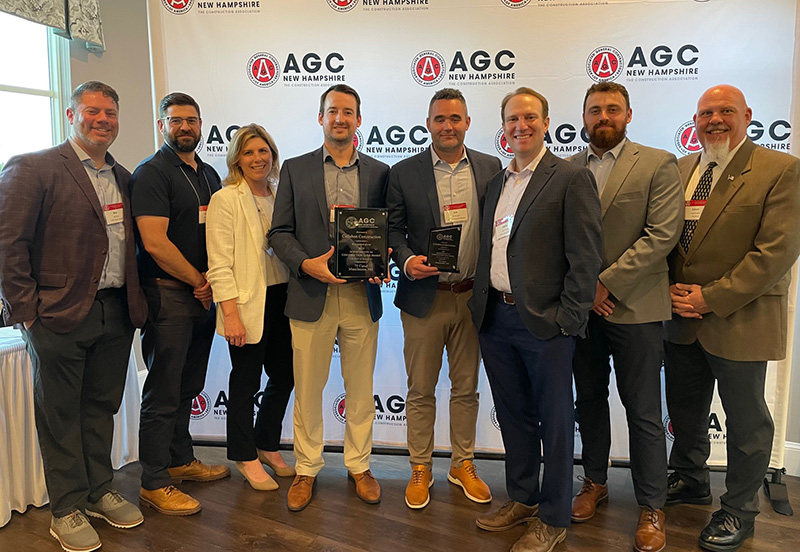Ban flame retardants that put us in danger - by Jeff Saliba

As a skilled tradesman with decades of experience, I’m always thinking about the safety, comfort, and sustainability of buildings. That’s why I’ve grown increasingly concerned about the potential dangers of certain flame retardants.
For our communities, the top priorities must be to protect the health and safety of our residents and its first responders by banning certain flame retardants whose defects and toxic chemicals have raised serious questions about their safety.
Producers tout these toxic flame retardants as a cost effective alternative for developers to expensive and time-consuming construction for structures like mid-rise hotels. But its pervasive use in buildings across the state is alarming professional insulation technicians and firefighters alike.
Certain flame retardants are sometimes used as a fire resistant coating on ductwork.
Used as a spray insulation on ductwork, certain flame retardant chemicals can be highly dangerous if a fire activates the sprinkler system, because sprinklers can wash the insulation off the ducts. Without the insulation, there’s less protection from the fire. Marketed as mitigating the spread of fire, these products may be capable of doing the opposite.
The New York state legislature and governor Kathy Hochul banned the use of flame retardants last year under the Family and Fire Prevention Act, which bans the sale of products with toxic chemicals used as fire retardants in things like furniture, mattresses and electronics.
These hazardous materials were first put into products to help slow down a fire, but over the years, it’s been shown that they aren’t as effective as advertised, and lead to multiple health issues, especially for first responders. It’s worth noting that the fire wrap systems are an alternative to these flame retardants when it comes to construction.
As the head of a union whose members are specialists in mechanical insulation, fire-stopping, and hazardous waste remediation, I know how important insulation can be in keeping structures safe and resistant to fire, especially when adjacent to potentially combustible wiring and insulation jackets. So why would you use a product whose effectiveness has been questioned by groups like firefighters?
Flame retardants are a class of chemicals added to furniture, electronics, and building materials intended to help prevent fires. Despite the claims of the chemical industry, many of them are unnecessary, don’t work well, and are poisonous. Flame retardants have been shown to cause neurological damage, hormone disruption, and cancer, according to groups like the National Institute of Environmental Health Sciences (NIEHS). One of the biggest dangers of some flame retardants is that they can cause long-term chronic health problems as our bodies contain higher and higher levels of these toxic chemicals. Over the past decade, several states have almost entirely banned their use, according to Safer States, an alliance of diverse environmental health organizations and coalitions from across the nation.
The onus rests on those building our communities to ensure that they use materials that are safe for those living in our communities. Instead of endangering the lives of residents and fearless firefighters, we must move to deter the use of flame retardants.
Jeff Saliba is the business manager/financial secretary at Heat and Frost Insulators Local 6 Boston.
Nobis Group awards Robinson and Moreira STEM scholarships

The rise of incubators and co-working spaces: The latest in life sciences - by Matt Combs

Ask the Electrician: Is summer a prime time for commercial electrical maintenance?

The design-build advantage: Integrated interior design solutions - by Parker Snyder









